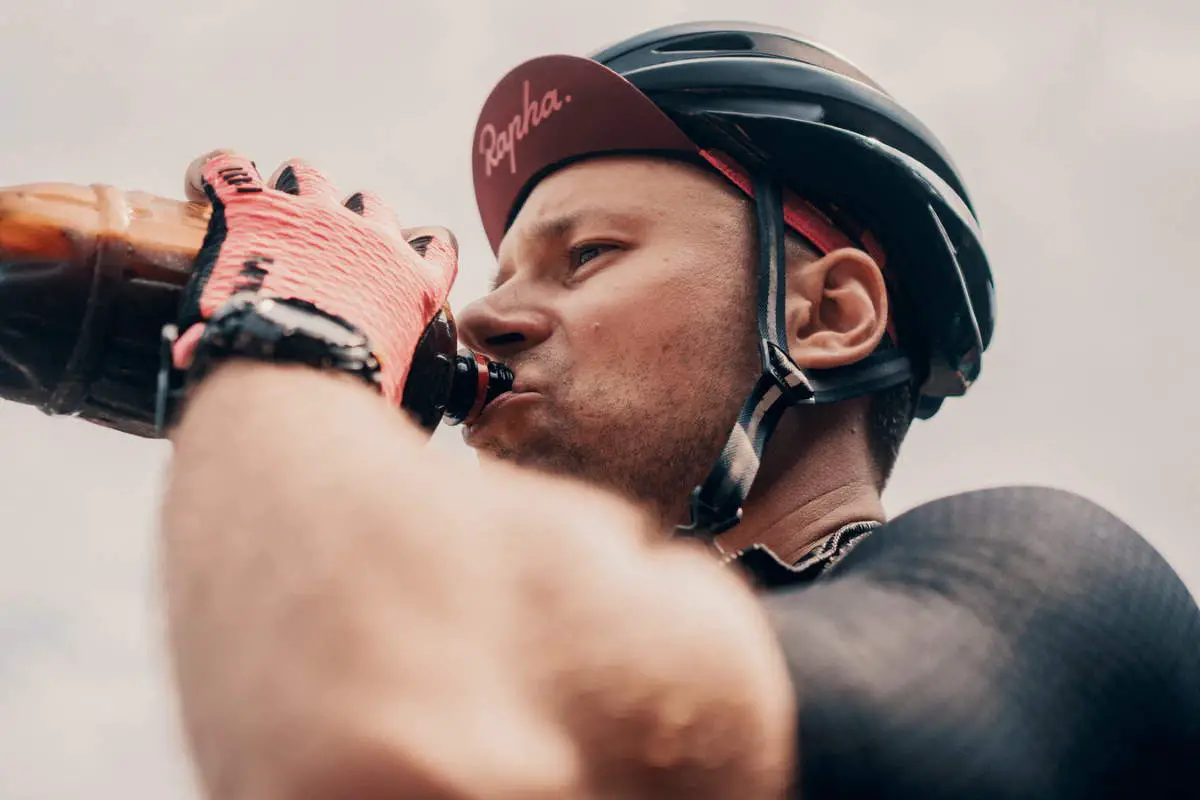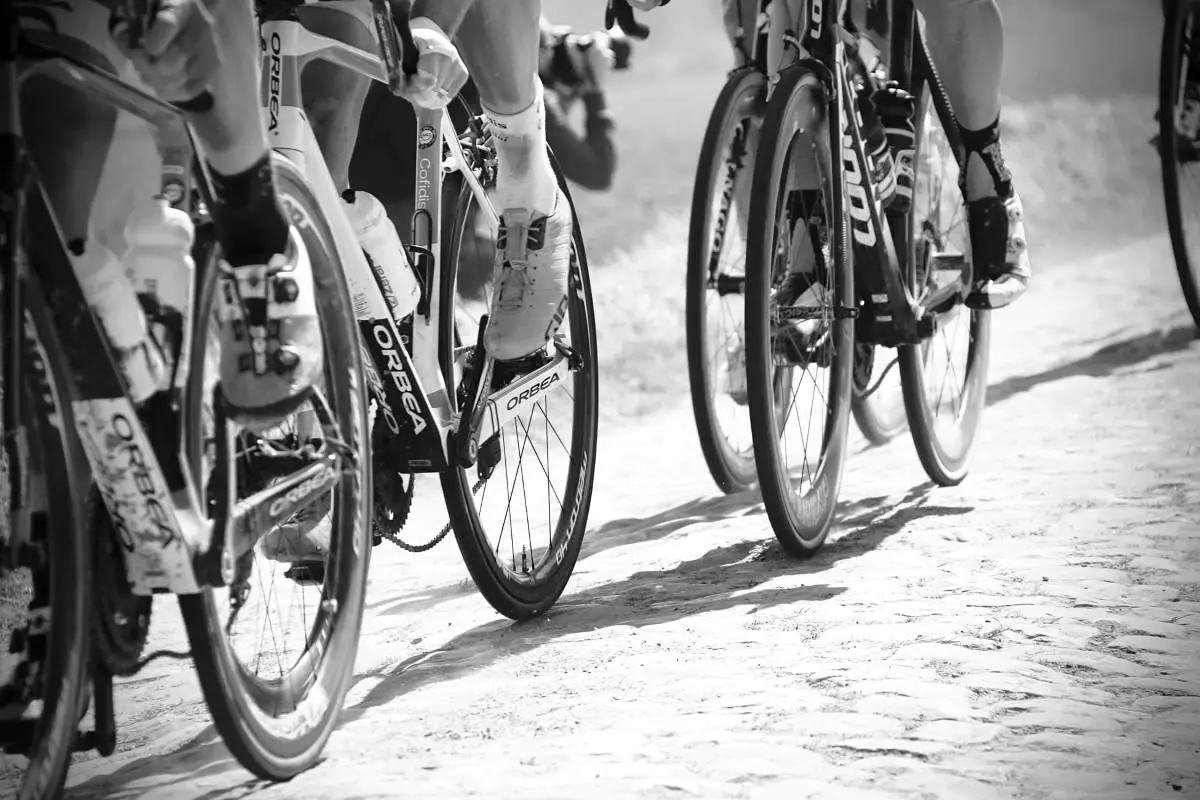For cyclists just starting to get out onto the road, there’s good news for long-term health and injury outlooks. According to a study published by the Journal of Orthopaedic Research, injury rates are declining, including those ailments that arise from the act of cycling itself, rather than road traffic accidents. This is a reflection of improved medical care, improved knowledge, better training methods, and improved nutrition. All of this might not be obvious to the new cyclists, however. One principle above all others can help in avoiding injury and, in turn, promoting growth – and that’s embracing the rest day. There are many factors as to why rest days are effective and, therefore, essential, and it starts with sleep.









